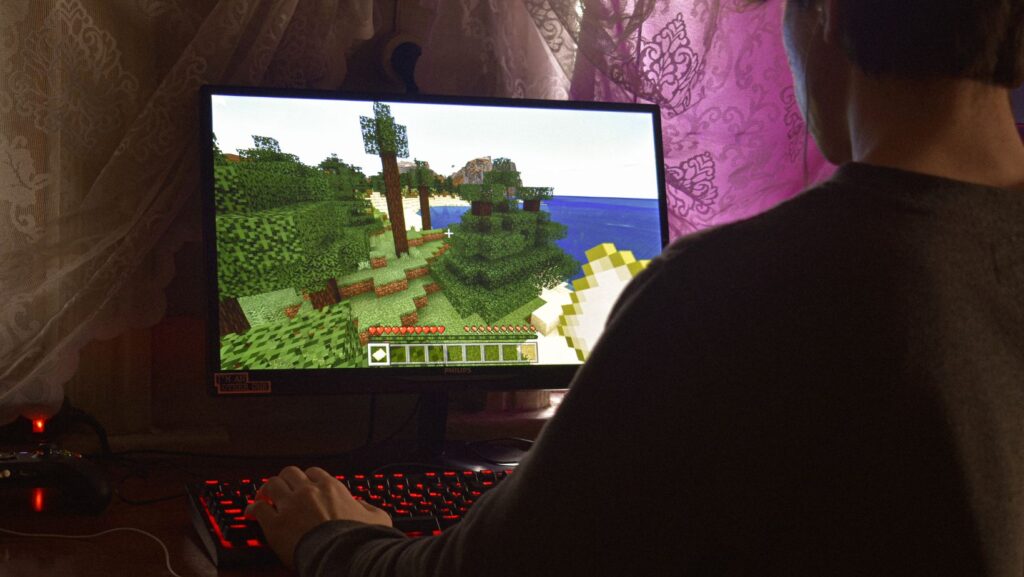Minecraft is not just a game—it’s a community, a creative canvas, and an adventure rolled into one. For many players, especially beginners who want more than the standard single-player experience, setting up a server is the gateway to endless possibilities.
Imagine building alongside friends in real time, running custom game modes, or crafting worlds with unique rules that reflect your vision. The good news is that server hosting doesn’t have to be complicated, even if you’re new to the idea. With reliable minecraft server hosting, you can set up a stable and secure environment where your digital world thrives.
Why Hosting Matters
When you play on someone else’s server, you’re bound by their rules, mods, and limits. Hosting your own flips that dynamic. You become the architect, moderator, and storyteller of your Minecraft universe. Want to play survival with only your closest friends? You can. Prefer a modded world filled with dragons, quests, or futuristic tech? That’s possible too. Hosting gives you ownership, and with it comes freedom.
For beginners, hosting might sound like a technical challenge reserved for advanced players. In reality, modern providers have simplified the process, removing much of the complexity so that even first-timers can start within minutes.
The Basics of a Minecraft Server
At its core, a server is like a digital home for your world. When you or your friends log in, you’re stepping into that shared home, where everything from the landscape to the rules of play is governed by the host. Servers can be run on a personal computer, but this often comes with drawbacks: lag, limited player slots, and the risk of crashing if your computer isn’t powerful enough. That’s where external hosting steps in, offering a smoother and more reliable experience.
Choosing the Right Hosting Provider
Picking a hosting provider is a crucial decision for beginners. You want a service that balances affordability, performance, and ease of use. Look for providers that:
- Offer quick setup with one-click installation.
- Provide scalable packages so you can start small and upgrade later.
- Include strong customer support to answer questions when you’re stuck.
- Offer backup options to protect your world in case of errors.
A good provider ensures that your server runs 24/7, so your friends can log in whenever they want without depending on your personal computer being switched on.
Setting Up Your Server
Once you’ve chosen a provider, the setup is surprisingly straightforward. You’ll typically select the version of Minecraft you want to run—whether vanilla (the unmodified version) or modded—and then configure your preferences. You can choose the number of player slots, difficulty level, and even install plugins or mods to enhance the gameplay.

Security is another important part of setup. Decide who has access to your server and whether it will be private or public. For beginners, starting with a small, invite-only server is often the easiest way to learn the ropes without being overwhelmed.
Establishing Rules and Culture
Hosting a server isn’t just about the technical side—it’s also about building a community. Setting rules early helps maintain a positive environment. Some servers are strict and structured, while others are more casual and creative. As the host, you decide what type of culture you want to foster. Do you encourage teamwork, or do you allow competitive play? Do you permit mods, or do you keep the game simple? Clear guidelines help prevent disputes and make the game more enjoyable for everyone.
Growing Your Community
One of the most rewarding aspects of hosting is watching your server evolve into a lively hub. Start by inviting close friends and family. As your server grows, you might open it up to a wider audience by sharing it on forums or social platforms dedicated to Minecraft. Over time, your server can become more than just a pastime—it can grow into a community with regular events, tournaments, or collaborative builds.
Tips for Beginners
- Start small. You don’t need a massive world with dozens of players right away. Begin with a simple setup and expand as your confidence grows.
- Learn by doing. Don’t be afraid to experiment with settings. Hosting is a hands-on learning process.
- Stay updated. Keep your server software and mods current to ensure security and compatibility.
- Listen to feedback. If friends suggest tweaks or improvements, consider their input—it helps keep everyone engaged.
Final Thoughts
Hosting a Minecraft server may sound daunting at first, but it’s actually one of the easiest and most rewarding ways to enhance your gaming experience. With the right tools, you’ll quickly move from player to creator, shaping a world where others can join you in building, exploring, and adventuring.
What starts as a simple experiment can grow into a thriving digital community. Whether you want a private space for a handful of friends or a bustling world filled with players from around the globe, the journey begins with a single step: setting up your server. With today’s hosting solutions, even beginners can bring their vision to life and watch it flourish block by block.



















